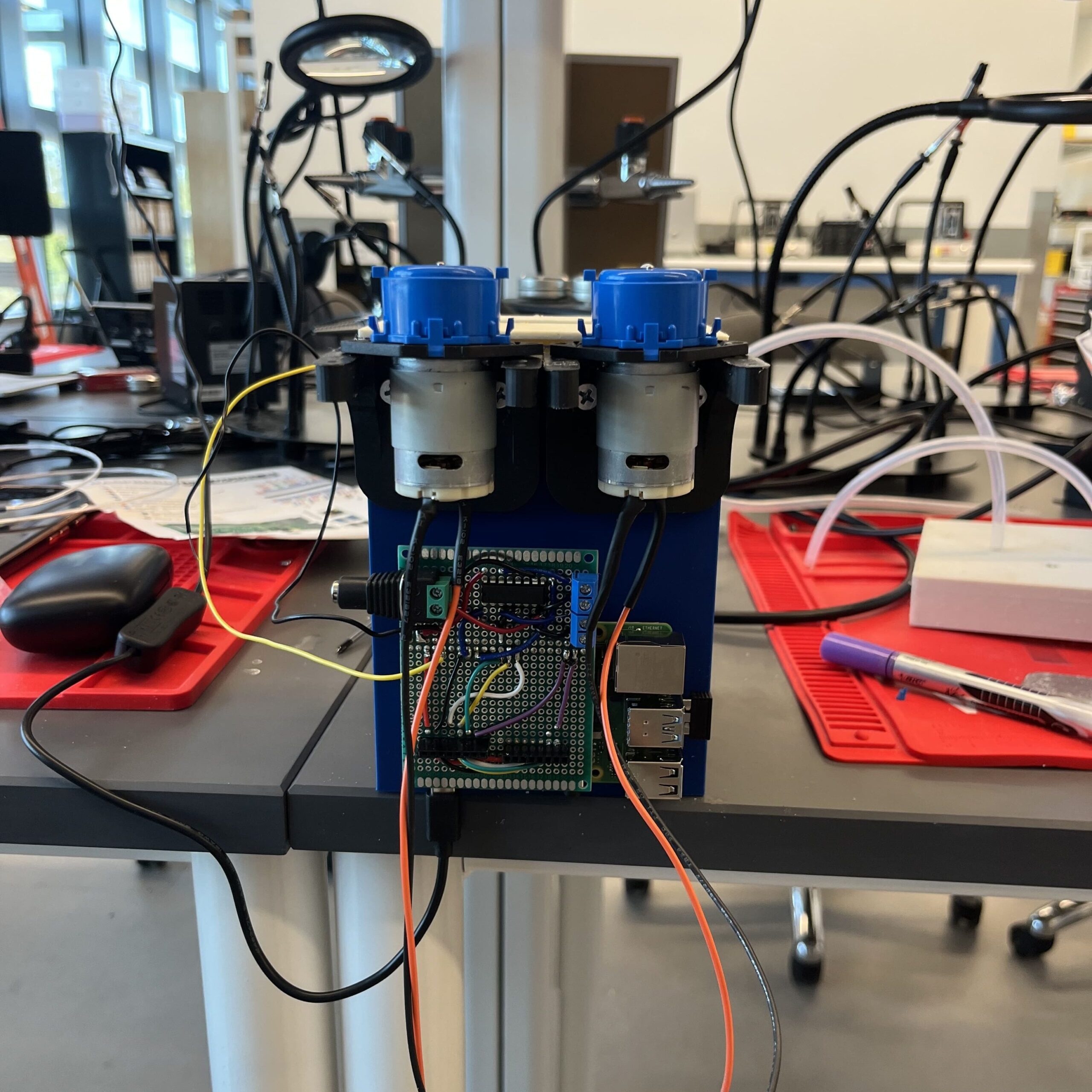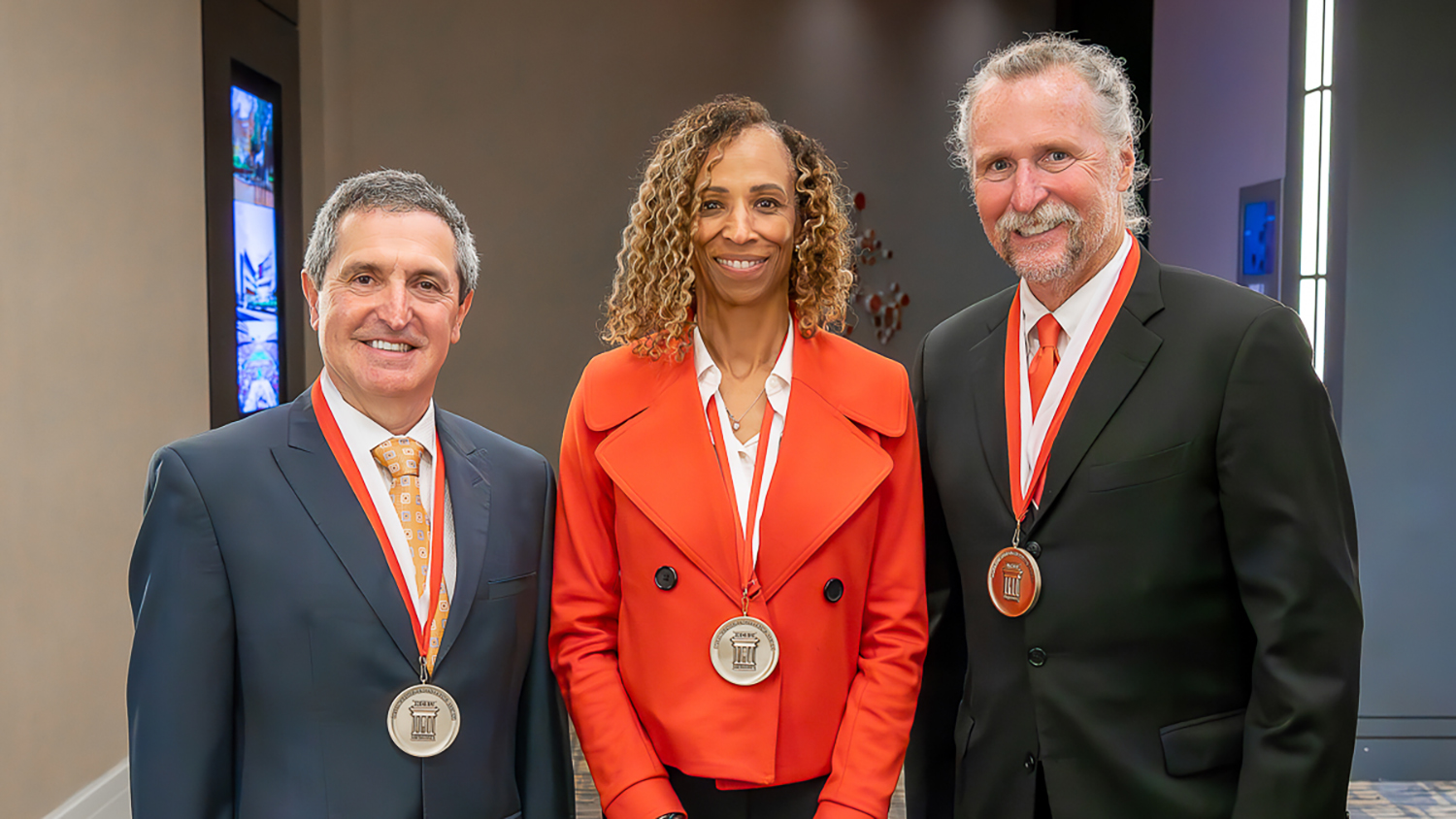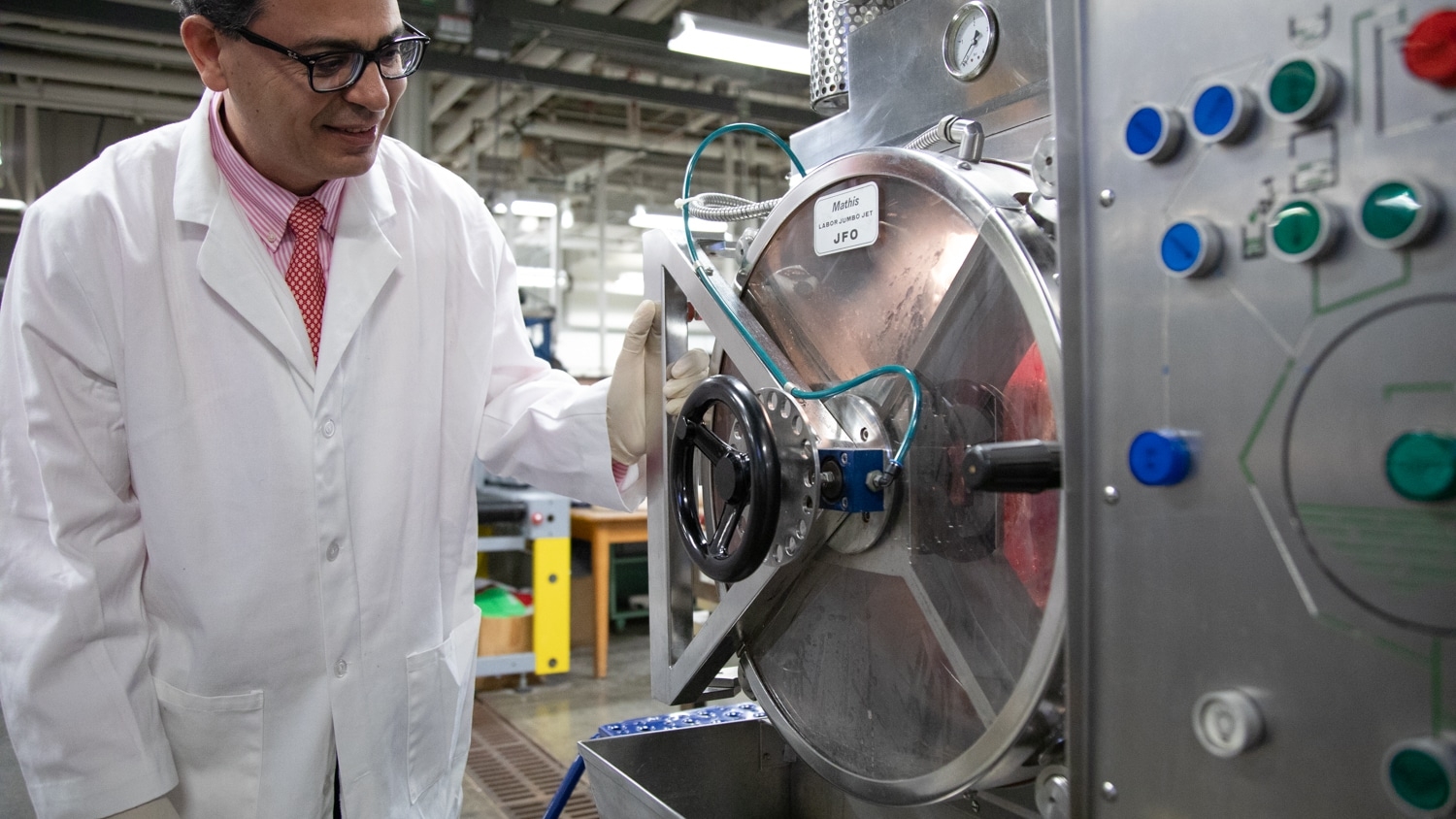Ph.D. candidate wins Fulbright to develop soil sensors in France
Riley Lawson is a fourth-year Ph.D. candidate in the Department of Biological and Agricultural Engineering and will be spending the next academic year in France as a Fulbright.

“Parlez-vous français?”
Riley Lawson, a fourth-year Ph.D. candidate in the Department of Biological and Agricultural Engineering is spending part of her summer working on being able to say, “Oui!”
Lawson will be heading to Rennes, France, this fall to spend the next academic year as a Fulbright Award recipient. She will be conducting research at L’Institut Agro Rennes-Angers under the supervision of Edith Le Cadre to measure nitrate concentrations in the soil.
As an undergraduate student at the University of Alabama, Lawson studied aerospace engineering. When the time came to assess the job market, she realized her options were limited to a few organizations and that those organizations didn’t necessarily align with her values. It was while volunteering that Lawson discovered a new path for her engineering degree — one that completely changed the course of her academic career.
“One of the clubs I was part of as an undergrad at Alabama visited food deserts where we talked with community organizers about the challenges they face. It made me realize that I could use my engineering brain to make a positive impact on the world,” Lawson says.
Lawson was drawn to NC State University because of its land-grant mission and nationally ranked graduate program in biological and agricultural engineering — No. 3 in the country.
For her dissertation work, Lawson specializes in soil biosensors. She’s developing an in-field sensor that can deliver soil nutrient concentration data to users in real time as opposed to the many weeks it currently takes to take and test soil samples. Her research looks at using fiber optic cables as the sensors themselves, which would detect changes in soil temperature when catalyzed by an enzyme on the soil surface. In a lab setting, Lawson is researching the correlation between soil nitrate concentration and change in soil temperature.
Lawson’s research has the potential to create applied solutions for growers. The intended outcome is a sensor that growers could incorporate into their existing fertilizer systems to get real-time management recommendations based on correlated lab data. For example, a specific change in soil temperature might indicate an estimated concentration of nitrates, which would signal a need to apply more or less fertilizer to fields.

Alongside learning French in her spare time, Lawson is spending her summer refining the biosensor prototype in the Makerspace in the Plant Sciences Building. She also hopes to collect more data and determine how to fix the enzyme catalyst to the fiber optic cable.
Part of her Fulbright proposal involved creating a Rhizobox, a clear glass box containing the rhizosphere and the soil sensor to mimic a greenhouse. She will also be conducting data analysis with Le Cadre on a new variant of canola oil-producing rapeseed to determine how it responds to nitrate fluctuations. Lastly, Lawson intends to participate in a summit in Rennes between fishermen, farmers, policymakers, professors and community organizers to discuss how to incorporate green solutions into everyday living.
With a longstanding interest in bringing her research to an international scale, Lawson is eager to begin her Fulbright in one of the foremost leaders of agriculture in the European Union.
“If we want to bring our sensor anywhere outside of the Piedmont region, it needs to be applicable to different soils, different crops, and different atmospheres,” Lawson says.
How does one say, “innovative solutions to agricultural challenges” in French? Just ask Lawson.
This post was originally published in College of Agriculture and Life Sciences News.
- Categories:


